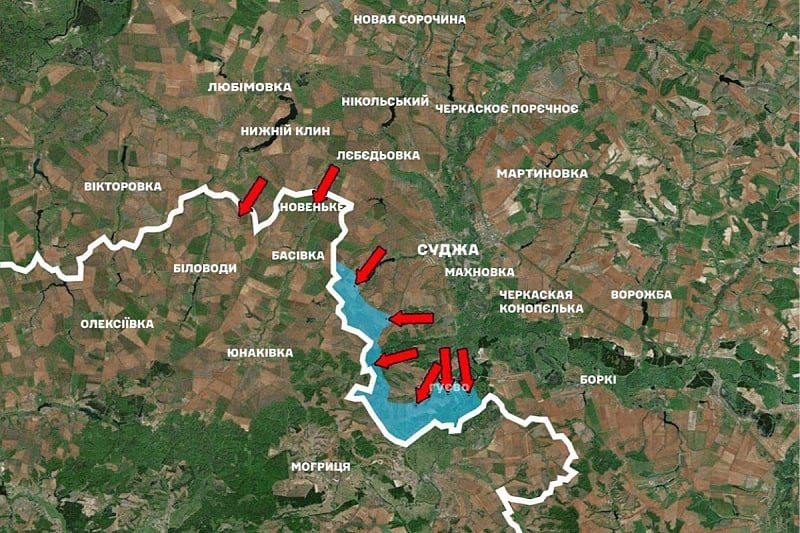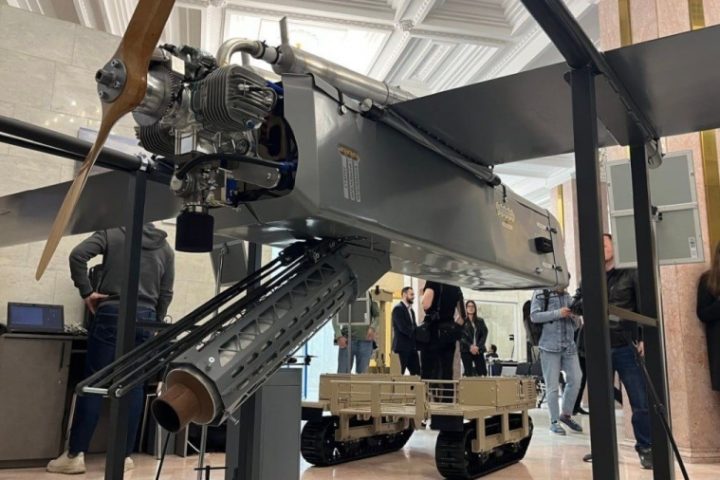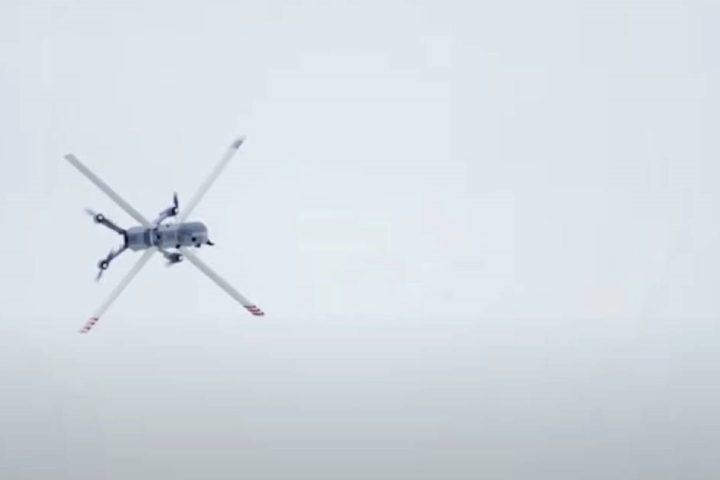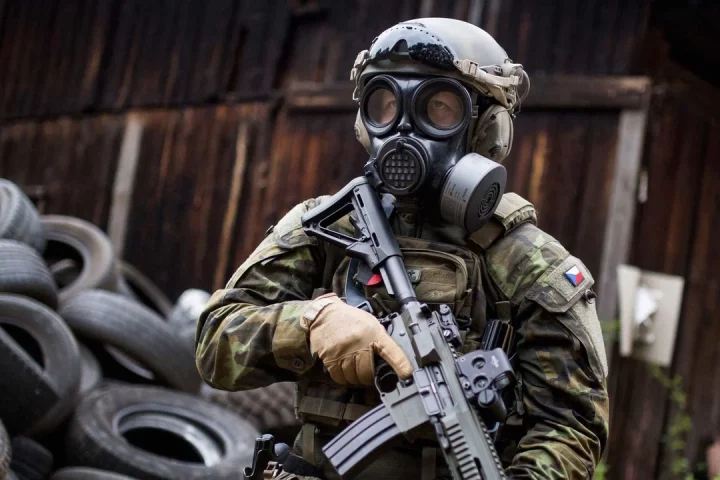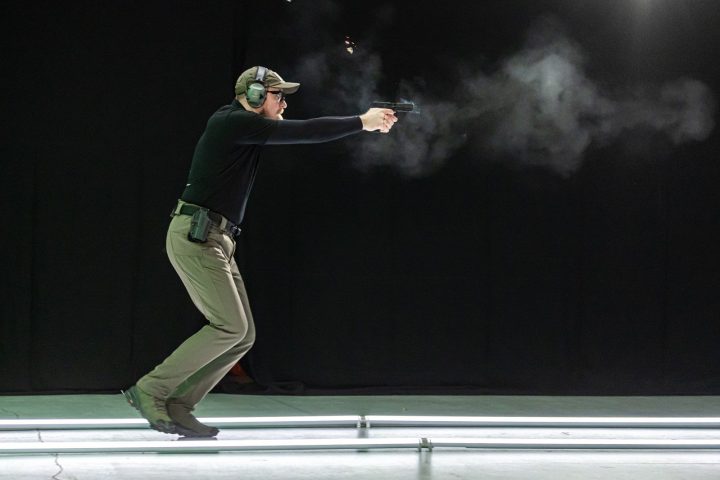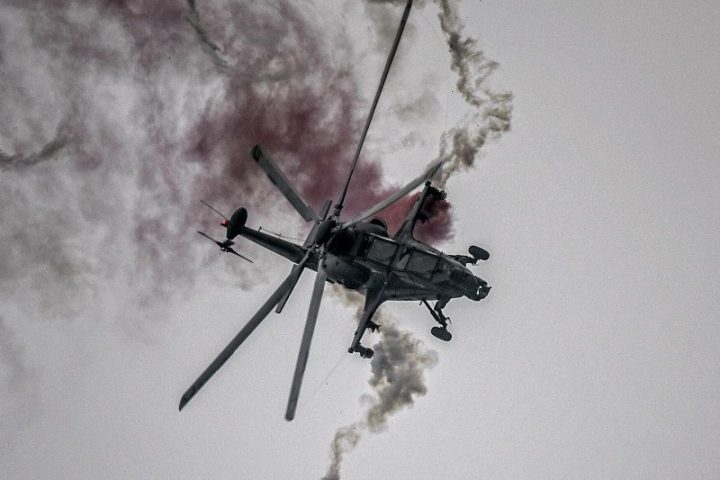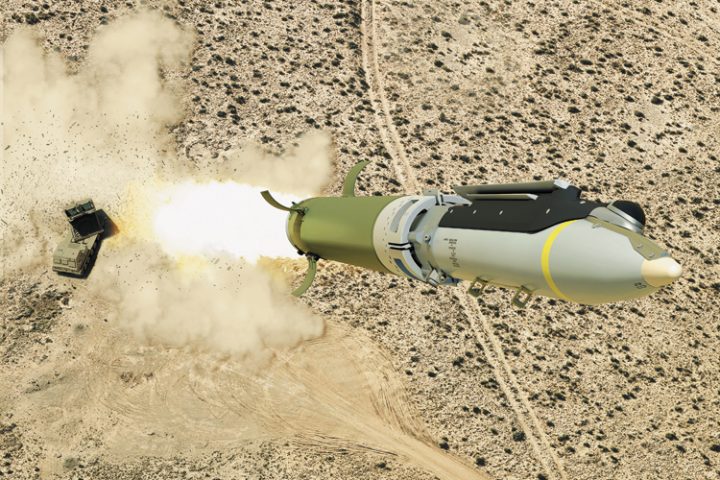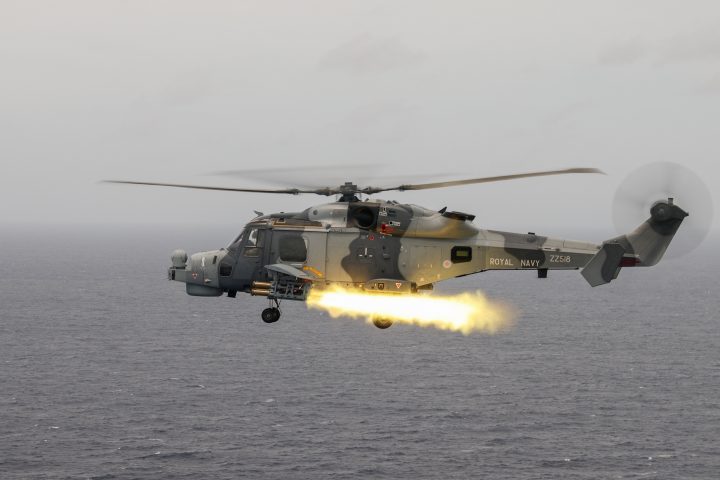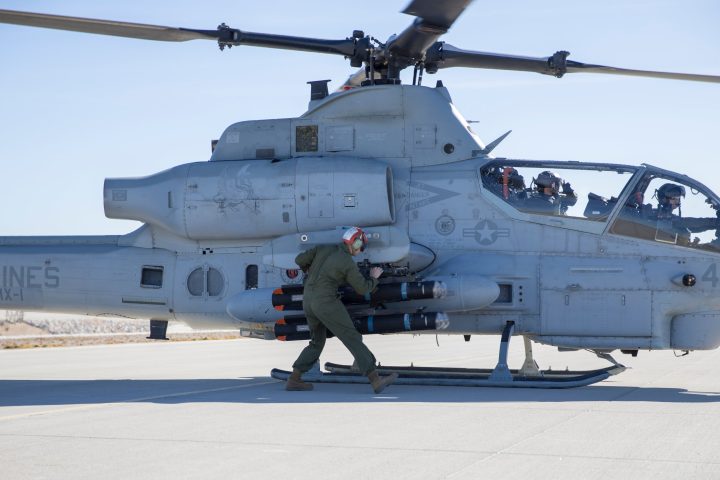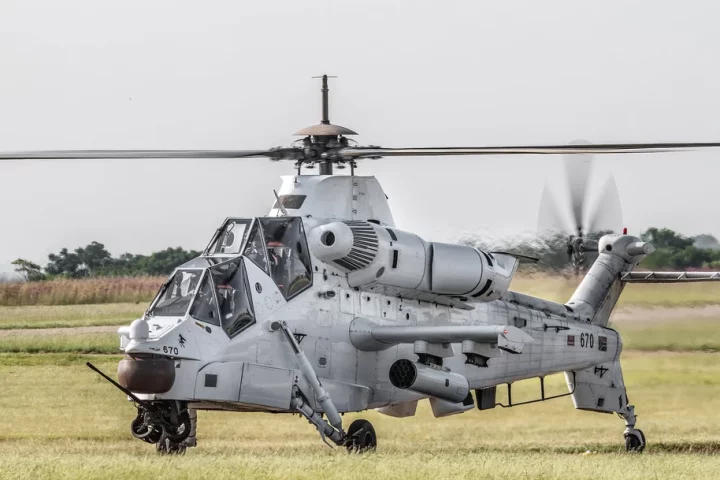Nearly nine months after a surprise Ukrainian incursion into the Kursk region, Russia has announced that its forces have fully reclaimed the contested border territory. However, Ukraine disputes the claim, insisting that heavy fighting is ongoing. If confirmed, Moscow’s success would deprive Kyiv of a crucial bargaining chip in U.S.-led efforts to negotiate an end to the three-year war, where territorial swaps remain a central point of contention.
Ukraine’s Lightning Strike into Kursk
On August 6, 2024, Ukrainian forces launched a bold and unexpected assault on Russia’s Kursk region. Battle-hardened Ukrainian mechanized units swiftly overran poorly equipped Russian border guards and inexperienced recruits, capturing hundreds and causing widespread chaos.
The incursion marked a historic moment—the first time since World War II that foreign troops occupied Russian territory.
Planned in strict secrecy, Ukrainian soldiers received their mission briefings just one day before the offensive began. With Russian intelligence assets concentrated along Ukraine’s eastern front, Kyiv managed to reposition troops under dense forest cover without detection.
Once across the border, Ukrainian forces advanced rapidly from multiple directions, exploiting Russia’s thin defenses. With Moscow’s strongest units tied down in Donetsk, the Kremlin lacked the manpower to immediately counter the assault.
President Volodymyr Zelensky framed the operation as a strategic move to divert Russian forces from the eastern front. Some Ukrainian officials hinted it could also serve as leverage during future peace talks—trading captured Russian land for Ukrainian territories under occupation.
By September, Ukraine’s top commander, General Oleksandr Syrskyi, reported the seizure of nearly 1,300 square kilometers and approximately 100 settlements within Kursk. Unlike the entrenched battle lines in Donetsk, Ukraine’s forces moved freely across Kursk, though without consolidating a static front.
While the operation provided a much-needed morale boost, critics warned it was a dangerous gamble that diverted elite Ukrainian units from the critical battlefields of Donetsk, where Russian forces continued to make steady gains.
Russia’s Slow but Relentless Response
In the initial days of the invasion, Russia relied heavily on air power to stem Ukraine’s advance, lacking sufficient ground troops for a robust counterattack.
Moscow hastily cobbled together reinforcements from across Russia, deploying many undertrained and poorly coordinated units, further enabling Ukraine’s early successes.
However, Ukraine’s leadership had miscalculated Russia’s strategic response. Rather than pulling forces from Donetsk, Moscow chose to contain the offensive, blocking Ukrainian supply lines and gradually grinding down the incursion.
By fall, Russia began systematically reclaiming lost ground, while Ukrainian advances stalled under mounting logistical pressure.
The North Korean Factor
In a dramatic twist, reports emerged in autumn 2024 that North Korea had sent between 10,000 and 12,000 soldiers to assist Russia in Kursk.
Initially, Moscow and Pyongyang offered vague denials, emphasizing that their cooperation complied with international law. However, on April 19, 2025, Russian Chief of General Staff Valery Gerasimov confirmed North Korean troop participation, praising their “professionalism, endurance, and courage.”
Despite their discipline, North Korean forces reportedly suffered heavy losses. Drone and artillery strikes, combined with their unfamiliarity with the local terrain, inflicted severe casualties.
South Korea’s intelligence service estimated 300 North Korean soldiers killed and 2,700 wounded by January, while Ukrainian officials put the number of dead much higher.
Nevertheless, Pyongyang continued sending reinforcements into Russia throughout early 2025.
The Collapse of Ukraine’s Kursk Operation
By February 2025, Russian forces had retaken about two-thirds of the Kursk territory seized by Ukraine. Ukrainian troops were gradually pushed back toward their stronghold around the city of Sudzha.
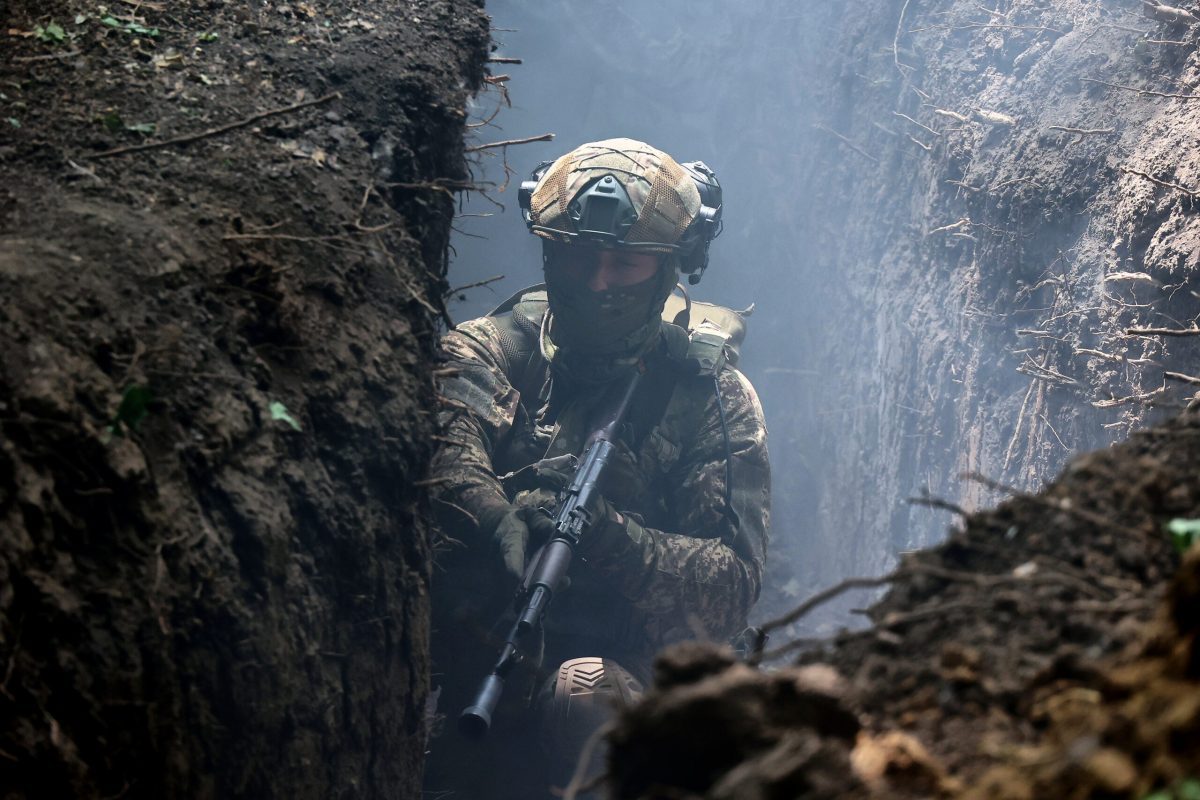
Russia intensified efforts to sever Ukraine’s supply corridor connecting Sudzha to the Sumy region. Relentless artillery strikes and drone attacks turned supply routes into graveyards of wrecked vehicles, crippling Ukraine’s ability to rotate troops and deliver reinforcements.
“The Kursk pocket became increasingly unsustainable,” said Michael Kofman of the Carnegie Endowment.
In a dramatic operation, 600 Russian soldiers infiltrated Ukrainian rear positions near Sudzha by crawling 15 kilometers through a gas pipeline, catching Ukrainian forces off guard and further hastening the collapse.
The situation for Ukraine deteriorated even further after U.S. aid was temporarily frozen following a tense meeting between President Zelensky and U.S. President Donald Trump on February 28, 2025. Although Washington unfroze assistance after Kyiv agreed to a temporary ceasefire on March 11, the disruption came too late to salvage Ukraine’s Kursk operation.
Consequences and What’s Next
Ukraine’s General Staff has publicly rejected Russian claims of full control over Kursk. Nevertheless, if Russia’s declaration proves accurate, the defeat significantly weakens Kyiv’s position in ongoing peace negotiations.
Currently, Russia occupies about one-fifth of Ukraine’s territory, and the loss of Kursk could embolden Moscow to push deeper into Ukraine’s border regions.
During a recent visit to Kursk’s military headquarters, President Vladimir Putin ordered the creation of a “security zone” along the Ukrainian border, hinting at plans for a potential advance into Sumy.
On April 19, 2025, General Gerasimov announced that Russian forces were already conducting “security operations” inside Sumy, claiming control over more than 90 square kilometers.
For Ukraine, the Kursk operation may ultimately be remembered not as a triumph, but as a costly gamble—one that reshaped the dynamics of a grinding, unresolved war.


